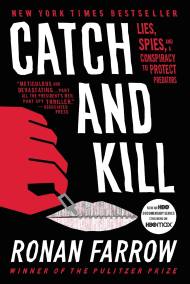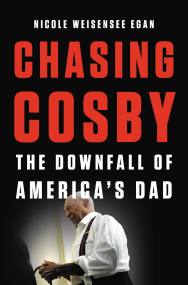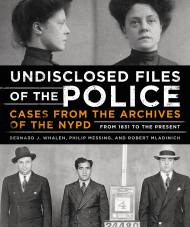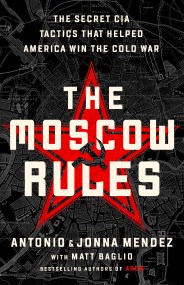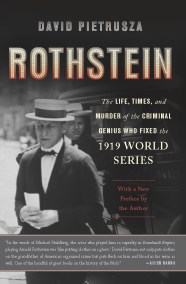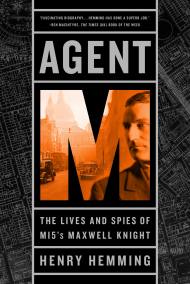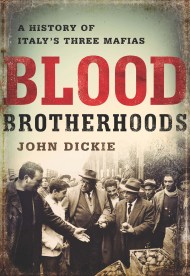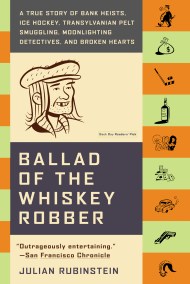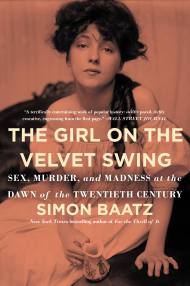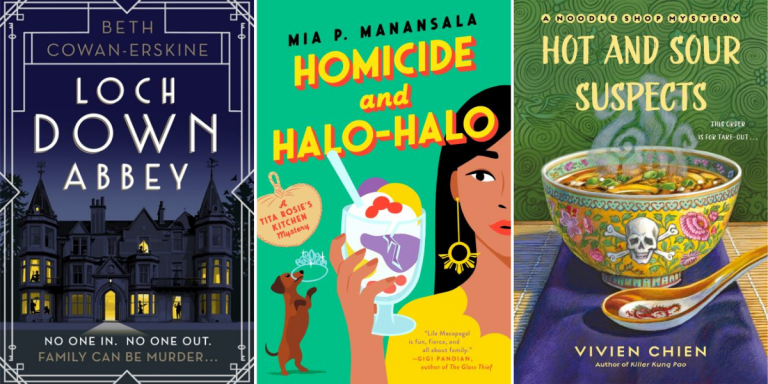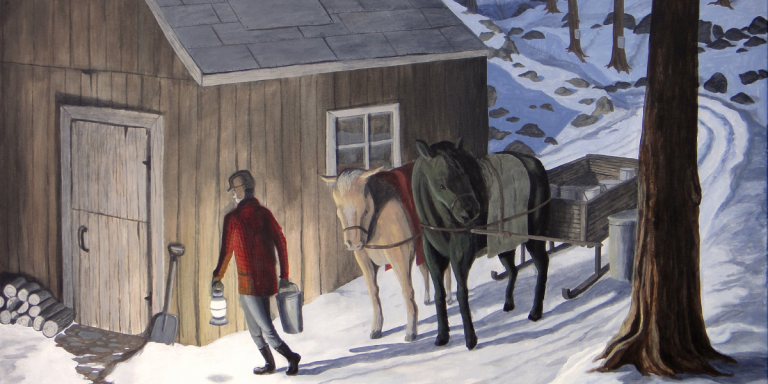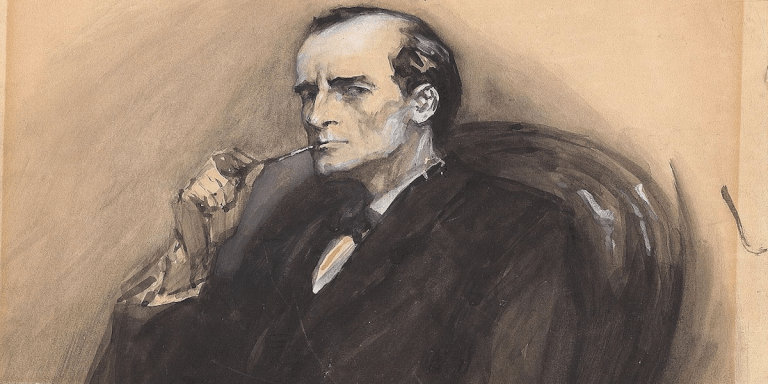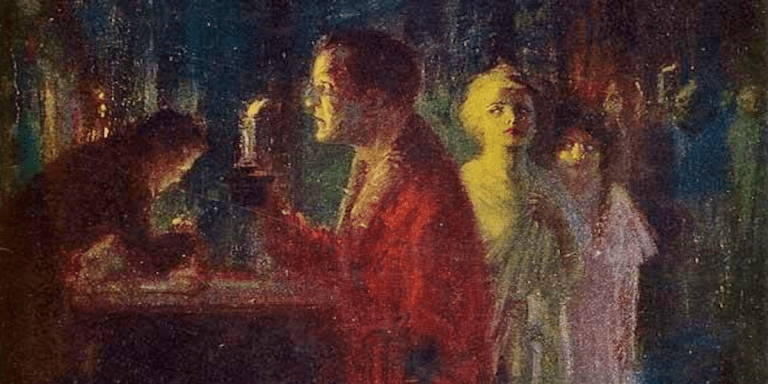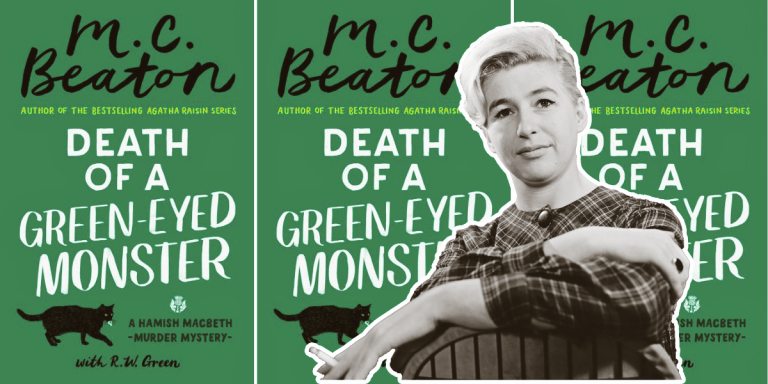Unyielding True Crime Books To Read Right Now
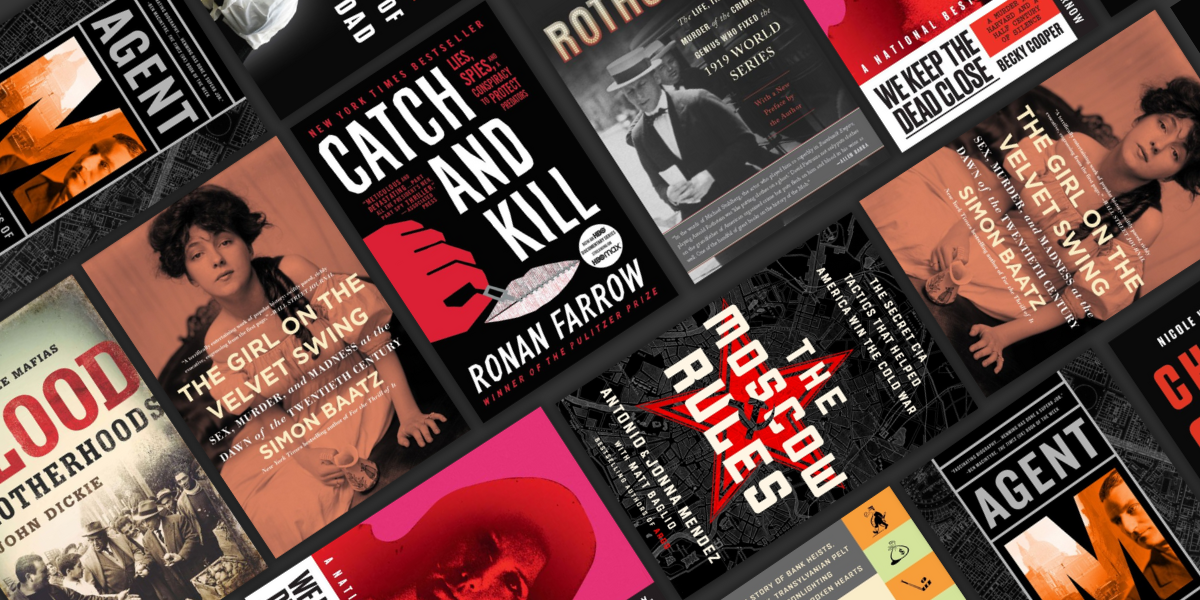 From harrowing Hollywood crimes to searing spy stories, discover the truth behind these chilling true crime books.
From harrowing Hollywood crimes to searing spy stories, discover the truth behind these chilling true crime books.
In 2017, a routine network television investigation led to a story only whispered about: one of Hollywood’s most powerful producers was a predator, protected by fear, wealth, and a conspiracy of silence. As Farrow drew closer to the truth, shadowy operatives, from high-priced lawyers to elite war-hardened spies, mounted a secret campaign of intimidation, threatening his career, following his every move, and weaponizing an account of abuse in his own family. This is the untold story of the exotic tactics of surveillance and intimidation deployed by wealthy and connected men to threaten journalists, evade accountability, and silence victims of abuse. And it’s the story of the women who risked everything to expose the truth and spark a global movement
Bill Cosby’s decades-long career as a sweater-wearing, wholesome TV dad came to a swift and stunning end on April 26, 2018, when he was convicted of drugging and sexually assaulting Andrea Constand. The mounting allegations against Bill Cosby–more than 60 women have come forward to accuse him of similar crimes–and his ultimate conviction were a shock to Americans, who wanted to cleave to their image of Cosby as a pudding-pop hero.
Award-winning journalist and former People magazine senior writer Nicki Weisensee Egan was the first reporter to dig into the story when Constand went to the police in 2005. Other news organizations looked away, but Egan doggedly investigated the case, developing ties with entrenched sources and discovering incriminating details that would ultimately come to influence the prosecution.
More than 175 years of true crimes culled from the city’s police blotter, told through startling, rarely seen images and insightful text by two NYPD officers and a NYC crime reporter.
From atrocities that occurred before the establishment of New York’s police force in 1845 through the terrorist attack on the World Trade Center in 2001 to the present day, this visual history is an insider’s look at more than 80 real-life crimes that shocked the nation, from arson to gangland murders, robberies, serial killers, bombings, and kidnappings.
Antonio Mendez and his future wife Jonna were CIA operatives working to spy on Moscow in the late 1970s, at one of the most dangerous moments in the Cold War. Soviets kept files on all foreigners, studied their patterns, and tapped their phones. Intelligence work was effectively impossible. The Soviet threat loomed larger than ever.
The Moscow Rules tells the story of the intelligence breakthroughs that turned the odds in America’s favor. As experts in disguise, Antonio and Jonna were instrumental in developing a series of tactics—Hollywood-inspired identity swaps, ingenious evasion techniques, and an armory of James Bond-style gadgets—that allowed CIA officers to outmaneuver the KGB.
As Russia again rises in opposition to America, this remarkable story is a tribute to those who risked everything for their country, and to the ingenuity that allowed them to succeed.
1969: the height of counterculture and the year universities would seek to curb the unruly spectacle of student protest; the winter that Harvard University would begin the tumultuous process of merging with Radcliffe, its all-female sister school; and the year that Jane Britton, an ambitious twenty-three-year-old graduate student in Harvard’s Anthropology Department and daughter of Radcliffe Vice President J. Boyd Britton, would be found bludgeoned to death in her Cambridge, Massachusetts apartment.
Forty years later, Becky Cooper a curious undergrad, will hear the first whispers of the story. In the first telling the body was nameless. The story was this: a Harvard student had had an affair with her professor, and the professor had murdered her in the Peabody Museum of Archaeology and Ethnology because she’d threatened to talk about the affair. Though the rumor proves false, the story that unfolds, one that Cooper will follow for ten years, is even more complex: a tale of gender inequality in academia, a ‘cowboy culture’ among empowered male elites, the silencing effect of institutions, and our compulsion to rewrite the stories of female victims.
History remembers Arnold Rothstein as the man who fixed the 1919 World Series, an underworld genius. The real-life model for The Great Gatsby’s Meyer Wolfsheim and Nathan Detroit from Guys and Dolls, Rothstein was much more—and less—than a fixer of baseball games. He was everything that made 1920s Manhattan roar. Featuring Jazz Age Broadway with its thugs, speakeasies, showgirls, political movers and shakers, and stars of the Golden Age of Sports, this is a biography of the man who dominated an age. Arnold Rothstein was a loan shark, pool shark, bookmaker, thief, fence of stolen property, political fixer, Wall Street swindler, labor racketeer, rumrunner, and mastermind of the modern drug trade. Among his monikers were “The Big Bankroll,” “The Brain,” and “The Man Uptown.” This vivid account of Rothstein’s life is also the story of con artists, crooked cops, politicians, gang lords, newsmen, speakeasy owners, gamblers and the like. Finally unraveling the mystery of Rothstein’s November 1928 murder in a Times Square hotel room, David Pietrusza has cemented The Big Bankroll’s place among the most influential and fascinating legendary American criminals. 16 pages of black-and-white photographs are featured.
Maxwell Knight was perhaps the greatest spymaster in history. He did more than anyone in his era to combat the rising threat of fascism in Britain during World War II, in spite of his own history inside this movement. He was also truly eccentric—a thrice-married jazz aficionado who kept a menagerie of exotic pets—and almost totally unqualified for espionage.
Yet he had a gift for turning practically anyone into a fearless secret agent. Knight’s work revolutionized British intelligence, pioneering the use of female agents, among other accomplishments. In telling Knight’s remarkable story, Agent M also reveals for the first time in print the names and stories of some of the men and women recruited by Knight, on behalf of MI5, who were asked to infiltrate the country’s most dangerous political organizations.
Drawing on a vast array of original sources, Agent M reveals not only the story of one of the world’s greatest intelligence operators, but the sacrifices and courage required to confront fascism during a nation’s darkest time.
The Sicilian mafia, known as Cosa Nostra, is far from being Italy’s only dangerous criminal fraternity. The country hosts two other major mafias: the camorra from Naples; and, from the poor and isolated region of Calabria, the mysterious ‘ndrangheta, which has now risen to become the most powerful mob group active today.
Since they emerged, the mafias have all corrupted Italy’s institutions, drastically curtailed the life-chances of its citizens, evaded justice, and set up their own self-interested meddling as an alternative to the courts. Yet each of these brotherhoods has its own methods, its own dark rituals, its own style of ferocity. Each is uniquely adapted to corrupt and exploit its own specific environment, as it collaborates with, learns from, and goes to war with the other mafias.
Today, the shadow of organized crime hangs over a country racked by debt, political paralysis, and widespread corruption. The ‘ndrangheta controls much of Europe’s wholesale cocaine trade and, by some estimates, 3 percent of Italy’s total GDP. Blood Brotherhoods traces the origins of this national malaise back to Italy’s roots as a united country in the nineteenth century, and shows how political violence incubated underworld sects among the lemon groves of Palermo, the fetid slums of Naples, and the harsh mountain villages of Calabria.
During the 1990s, while playing for the biggest hockey team in Budapest, Attila Ambrus took up bank robbery to make ends meet. Arrayed against him was perhaps the most incompetent team of crime investigators the Eastern Bloc had ever seen: a robbery chief who had learned how to be a detective by watching dubbed Columbo episodes; a forensics man who wore top hat and tails on the job; and a driver so inept he was known only by a Hungarian word that translates to Mound of Ass-Head.
Ballad of the Whiskey Robber is the completely bizarre and hysterical story of the crime spree that made a nobody into a somebody, and told a forlorn nation that sometimes the brightest stars come from the blackest holes. Like The Professor and the Madman and The Orchid Thief, Julian Rubinstein’s bizarre crime story is so odd and so wicked that it is completely irresistible.
In 1901 Evelyn Nesbit, a chorus girl in the musical Florodora, dined alone with the architect Stanford White in his townhouse on 24th Street in New York. Nesbit, just sixteen years old, had recently moved to the city. White was forty-seven and a principal in the prominent architectural firm McKim, Mead & White. As the foremost architect of his day, he was a celebrity, responsible for designing countless landmark buildings in Manhattan. That evening, after drinking champagne, Nesbit lost consciousness and awoke to find herself naked in bed with White. Telltale spots of blood on the bed sheets told her that White had raped her.
She told no one about the rape until, several years later, she confided in Harry Thaw, the millionaire playboy who would later become her husband. Thaw, thirsting for revenge, shot and killed White in 1906 before hundreds of theatergoers during a performance in Madison Square Garden, a building that White had designed.
The trial was a sensation that gripped the nation. Most Americans agreed with Thaw that he had been justified in killing White, but the district attorney expected to send him to the electric chair. Evelyn Nesbit’s testimony was so explicit and shocking that Theodore Roosevelt himself called on the newspapers not to print it verbatim. The murder of White cast a long shadow: Harry Thaw later attempted suicide, and Evelyn Nesbit struggled for many years to escape an addiction to cocaine.
By clicking 'Sign Up,' I acknowledge that I have read and agree to Hachette Book Group’s Privacy Policy and Terms of Use
